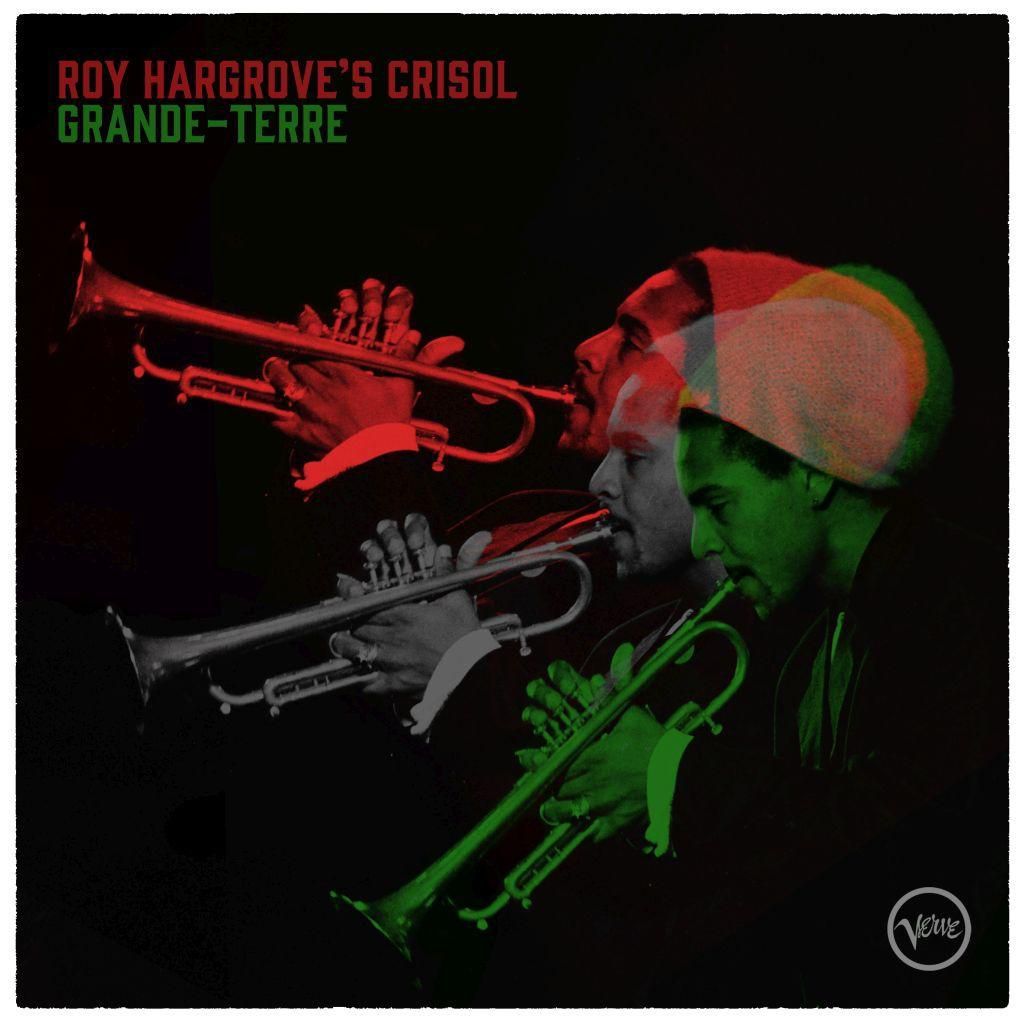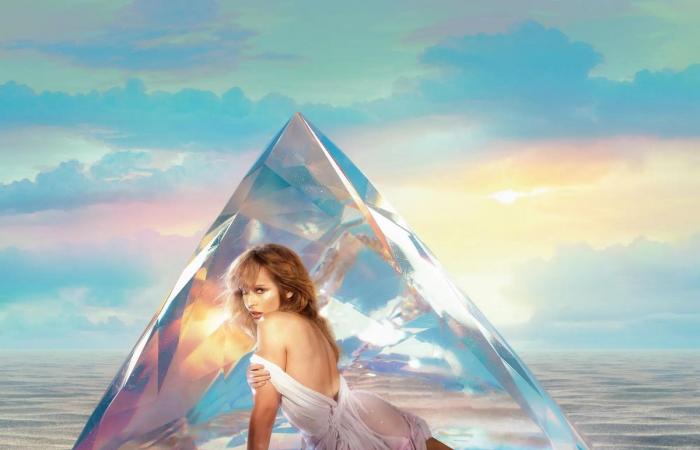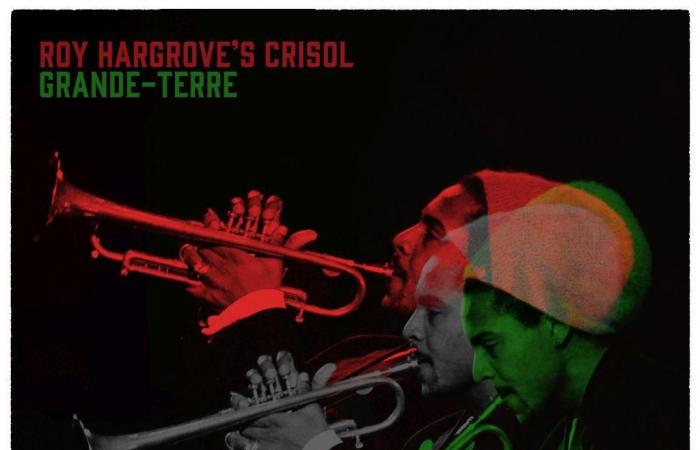– The unicorn Kylie Minogue or a cruel Peter Pan?
Pop or jazz, comics or essays, the week’s releases are not all magical.
Published: 10/18/2024, 9:28 p.m.

Kylie Minogue, still in the race.
Charlotte Rutherford, BMG
Subscribe now and enjoy the audio playback feature.
BotTalk
- Kylie Minogue releases the album “Tension II”, rich in disco hits.
- Roy Hargrove unveils a new album, “Grande-Terre”, recorded in 1998.
- José-Luis Munuera revisits Peter Pan with a dark and humorous look.
- Hatem Nafti analyzes the Tunisian autocratic regime of Kaïs Saïed.
Kylie with rhinestones and no surprises
Arriving as a unicorn from her glittery La La Land on our planet, Kylie Minogue continues to perform her disco nursery rhymes endlessly. Where most of her sisters tend to become rarer with age by spacing out their album releases as soon as they no longer have anything to prove, the Australian singer takes the opposite path. Very active in the early 1920s, she stuffed tubes like others stuffed buns. The state of grace is sometimes there, as was the case with the anthem “Padam Padam” in 2023, followed by the album “Tension”. Twelve months later, she released the aptly named album “Tension II”, the continuation of her moods prey to the demon of dance. Generous with that, she serves thirteen songs cut from the same wood as her greatest hits, all put together in impeccable production. What more could you ask for? A little surprise effect perhaps, subscriber absent from this new version. (TO THE)
«Tension II», Kylie Minogue, BMG

BMG
Jazz: an unpublished Roy Hargrove
Even if lovers of groove and now soul more readily remember the album of his group RH Factor, a “Hard Groove” from 2003, the American trumpeter Roy Hargrove (1969-2018) had already achieved some exploits in the previous decade. The prompter notably won the Grammy for best Latin jazz album in 1998 for “Habana”, released in 1997, in the wake of the Cuban crossbreeding initiated by Dizzy Gillespie. What we didn’t know was that the trumpeter and his collective Crisol had decided to set the Caribbean scene again, this time in Guadeloupe, with notably Frank Lacy, Miguel “Angá” Díaz, Changuito as well as the local saxophonist Jacques Schwarz-Bart. This 1998 recording, “Grande-Terre”, is only being released now but it is not too late to appreciate the tropicalized hard-bop of a leader then at the top of his form. It goes without saying that the languorous piece “Kamala’s Dance” is not presented as a nod to the presidential candidate but to the instrumentalist’s own daughter. For more fury, the title “B and B” is a must. (BSE)
«Grande-Terre», Roy Hargrove’s Crisol, Verve

VERVE
BD: Peter Pan between darkness and humor
Nine years before popularizing the character of Peter Pan, James Matthew Barrie had sketched him in a book that remained confidential, “The Little White Bird”, in 1902. A first version of the myth still unfinished, composed of sketches without a common thread. Experienced in adaptations – he previously signed “Bartleby the Scribe” after Melville and “A Christmas Carol” after Dickens – José-Luis Munuera takes Barrie’s text to give his own vision. Immersing himself in prose fluctuating between darkness and humor, he portrays a Peter very far from the image of Disney or Loisel. Cruel fairies, a talkative crow, a tiny queen and terrifying shadows populate this story suggesting infant death. Attractive drawing, fluid narration and dynamic framing contribute to the success of an album wonderfully colored by Sedyas. (PMU)
“Peter Pan of Kensington”, J.-L. Munuera, Ed. Dargaud, 96 p.

Essay: Tunisian democracy
Re-elected with more than 90% of the votes at the beginning of October, Tunisian President Kaïs Saïed put an end to ten years of democratic experience in Tunisia. A “black” decade according to this former constitutional lawyer who became an autocrat, practicing “populism” without the people. In his well-documented book, informed by readings in political science and sociology, Hatem Nafti deciphers the nature of this regime which has shut down justice, the press and civil society. What are the ferments of this bringing into line a society which has lived ten years of democratic experiences, unfortunately not very convincing, following the revolution of 2010-2011, the herald of the Arab Spring? How does he use the suspicion of the conspiracy to terrorize the opposition, the media and the NGOs? How does he use migratory flows to manipulate opinion and ensure that France, Europe and the West in general turn a blind eye to the trampling of human rights? What future for this country and this regime? So many questions to which this reference work answers precisely. (OBO)
“Our friend Kaïs Saïed, essay on Tunisian democracy”, Hatem Nafti, Ed. Riveneuve, coll. Nuggets, 302 p.
Did you find an error? Please report it to us.
0 comments











